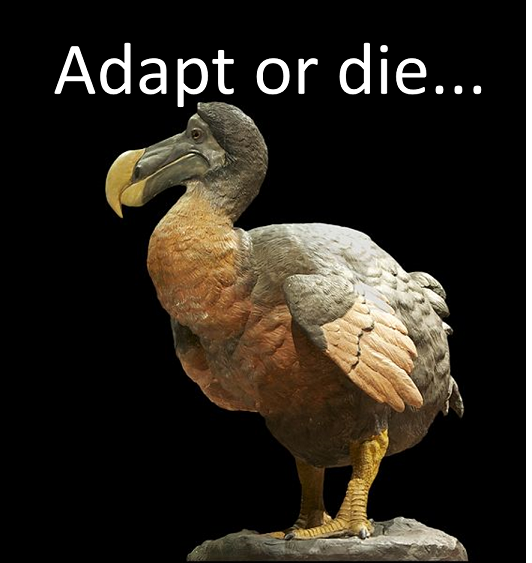Small and medium sized charities are being squeezed the hardest, with the larger organisations being more successful in the more competitive environment
 The voluntary and community sector is adapting to austerity but huge challenges remain for many organisations.
The voluntary and community sector is adapting to austerity but huge challenges remain for many organisations.
On Friday Sue Fry, Suzy James and I listened to speakers at the Shropshire VCSA assembly. I was particularly interested is in the research work Rob McMillan of the University of Birmingham’s Third Sector Research Centre and in the presentation from Dan Corry, an economist, former advisor to Gordon Brown and now a director of the IPPR think tank. Both speakers were interested in and study the work of charities, community interest companies and the voluntary sector as they deal with large-scale change between society and state.
Both were cautiously optimistic about the future role the charities and voluntary services. However the sector is facing huge challenges, some of which I’ll outline here.
Political landscape
• Many public services are affected by the localism and decentralisation agenda, for example city regions in Manchester and Birmingham
• Changes to policy in several key areas that affect the sector, including welfare, housing, health, criminal justice and the education system
• Changes to the national living wage, to pension provision and the introduction of the apprenticeship levy, which have had restructuring and redundancy implications for organisations.
Economic landscape
- A compelling need to find sustainable income sources, which may mean restructuring, repositioning and rebranding their organisations as well as new competitive challenges. In some organisations this poses fundamental questions about losing their focus
- Grant funding for the sector, and local and national government grants, are being reduced. Those grants are available generally for bigger contracts, often with a payment by results in arrears formats which presents cash flow problems organisations in the sector. Grant funding used to account 50% of charitable income, now it is around 19%.
- Charities has switched to charging for services, now earning twice as much as they did in the year 2000
- Many charities are running by using up their reserve funds to ‘buy them time’ to adjust and adapt
- Fundraising methods are being adapted or changed, for example by reducing or eliminating telephone requests, direct mail requests and street fundraisers and relying more on advertising for donations.(For more detail, read my previous blog post Stuck between a rock and a hard place)
- Small and medium sized charities are being squeezed the hardest, with the larger organisations being more successful in the more competitive environment


Social landscape
- Demographic changes, including an ageing population and changes in the ethnic mix
- Attitudinal changes in the population, including our attitudes to the poor, to the welfare state, to disability and to migrants
Technological landscape
- Increasing use of the Internet, smartphones and tablets and the availability of data.
- A need to develop new ways of working that can deliver more services in a more efficient manner
All these challenges mean the sector is changing rapidly. It’s changing the nature and scope of the services it delivers and often the way those services are being delivered. The organisations themselves are undergoing mergers, collaborating with new partners or sometimes by changing their business model into a ’profits for purpose’ model. The political view is that “Organisations need to be resilient, entrepreneurial and agile. Many will need to adapt and develop their business models in order to continue to deliver and grow their services, developing new skills and capability along the way” (Cabinet Office, 2014, p.6). These organisations are still, by and large, trusted by the public to be the honest brokers between public sector and private enterprise but the transition is painful and the public need to be made more aware of the chaotic environment in which they have to market themselves.
Gill
MRE Associates have worked with many charities, helping them adapt, survive and thrive in a shifting landscape. For a confidential chat about how we could support your organisation, please contact us.
Graphs, source: https://data.ncvo.org.uk/
